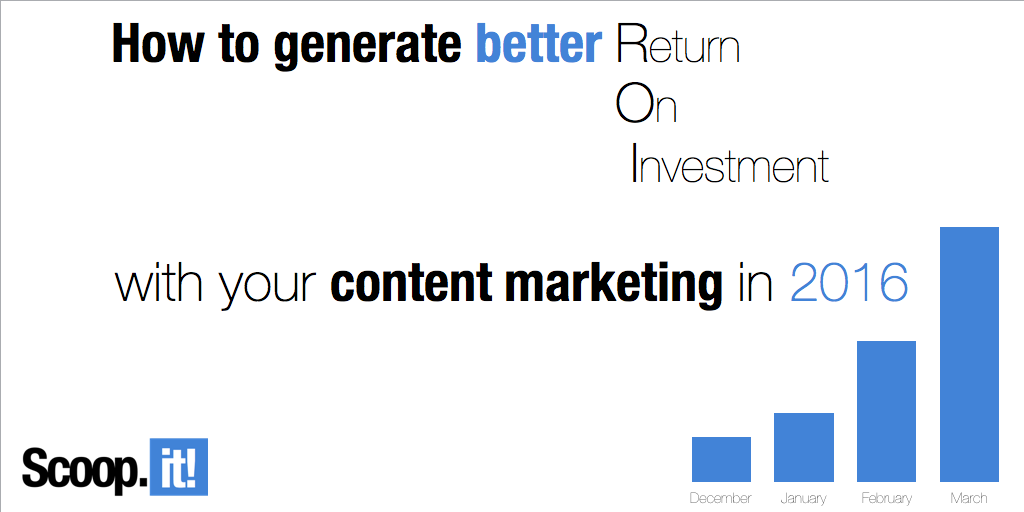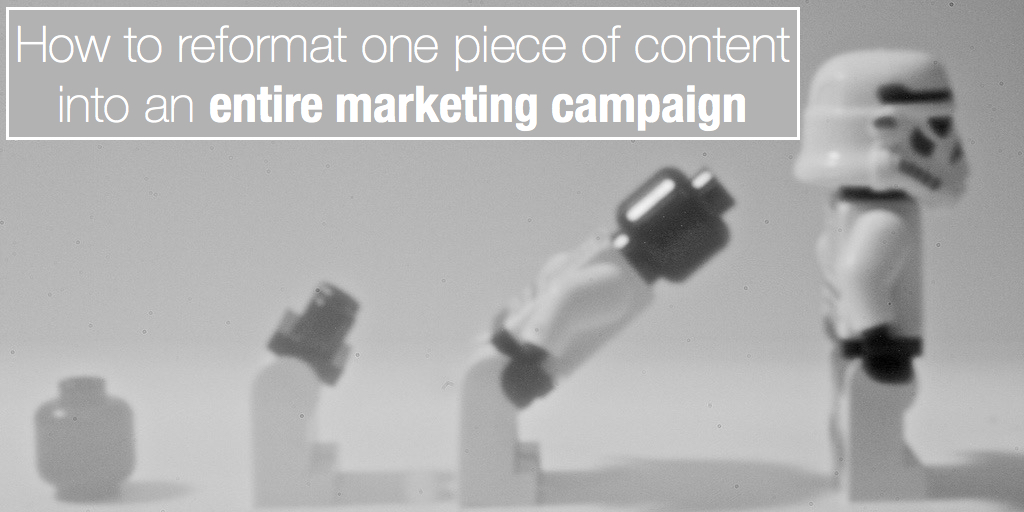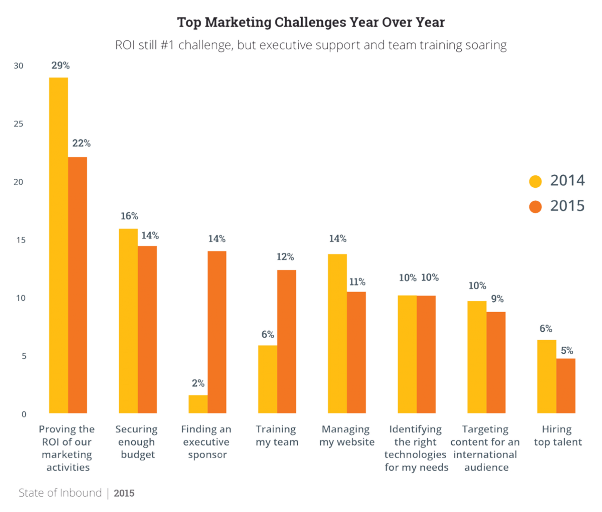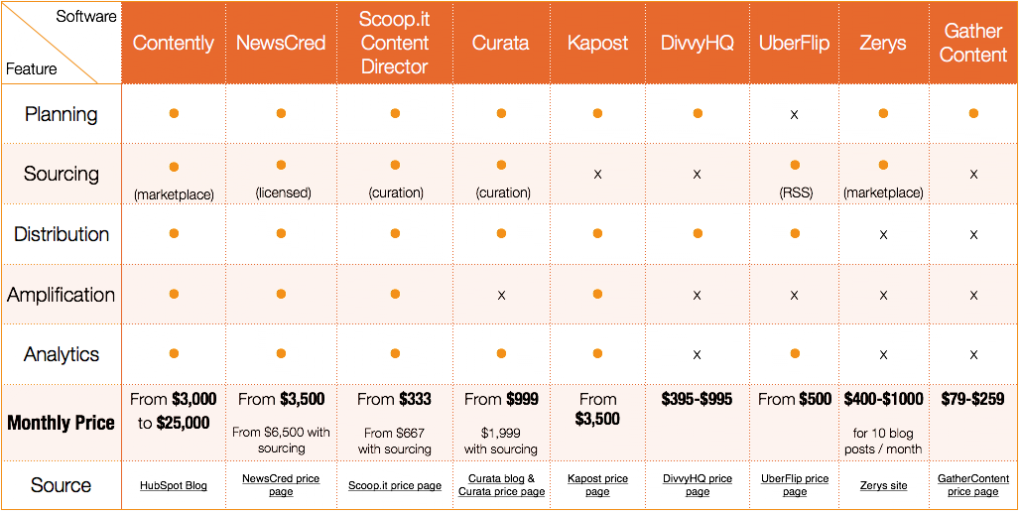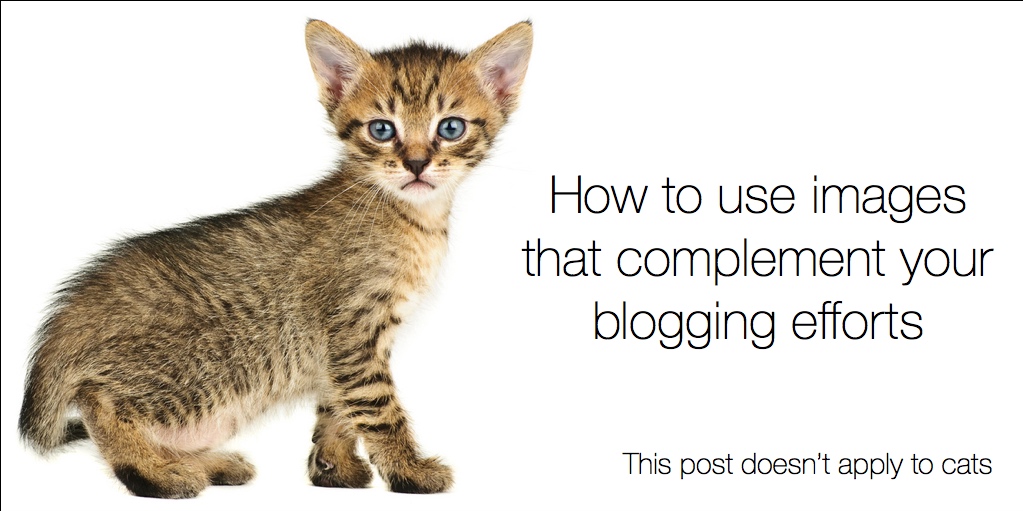Content marketing has a lot of moving parts. The good thing is there are a thousand ways to customize it, re-imagine it, and gain an edge on our competitors. The downside? It’s a lot to manage.
Fortunately, marketers today are way luckier than the marketers of yesteryear. We’ve got computers! We’ve got a thousand tools to create, manage and promote our content with.
The trick is to manage all those tools and the work they facilitate as nimbly and effectively as possible. This is why you need a content marketing software. You need one unifying tool or system to manage all the moving parts. Otherwise you’re working with a patchwork of systems, constantly trying to fill in the gaps between them.
Read More



